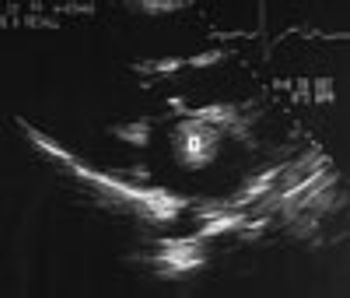
Abstract: In most patients, a life-threatening exacerbation of asthma is preceded by a gradual worsening of symptoms. However, some patients have a sudden onset of worsening symptoms, and these patients are at increased risk for respiratory failure and death. Risk factors for near-fatal asthma include a history of a life-threatening exacerbation, hospitalization for asthma within the past year, delay in time to evaluation after the onset of symptoms, and a history of psychosocial problems. Regularly monitoring peak expiratory flow rate (PEFR) is particularly important because it can identify a subset of high-risk patients--specifically, those with large fluctuations in PEFR and those who have severe obstruction but minimal symptoms. Signs of life-threatening asthma include inability to lie supine, difficulty in speaking in full sentences, diaphoresis, sternocleidomastoid muscle retraction, tachycardia, and tachypnea. (J Respir Dis. 2005;26(5):201-207)
































































































































































































































































































